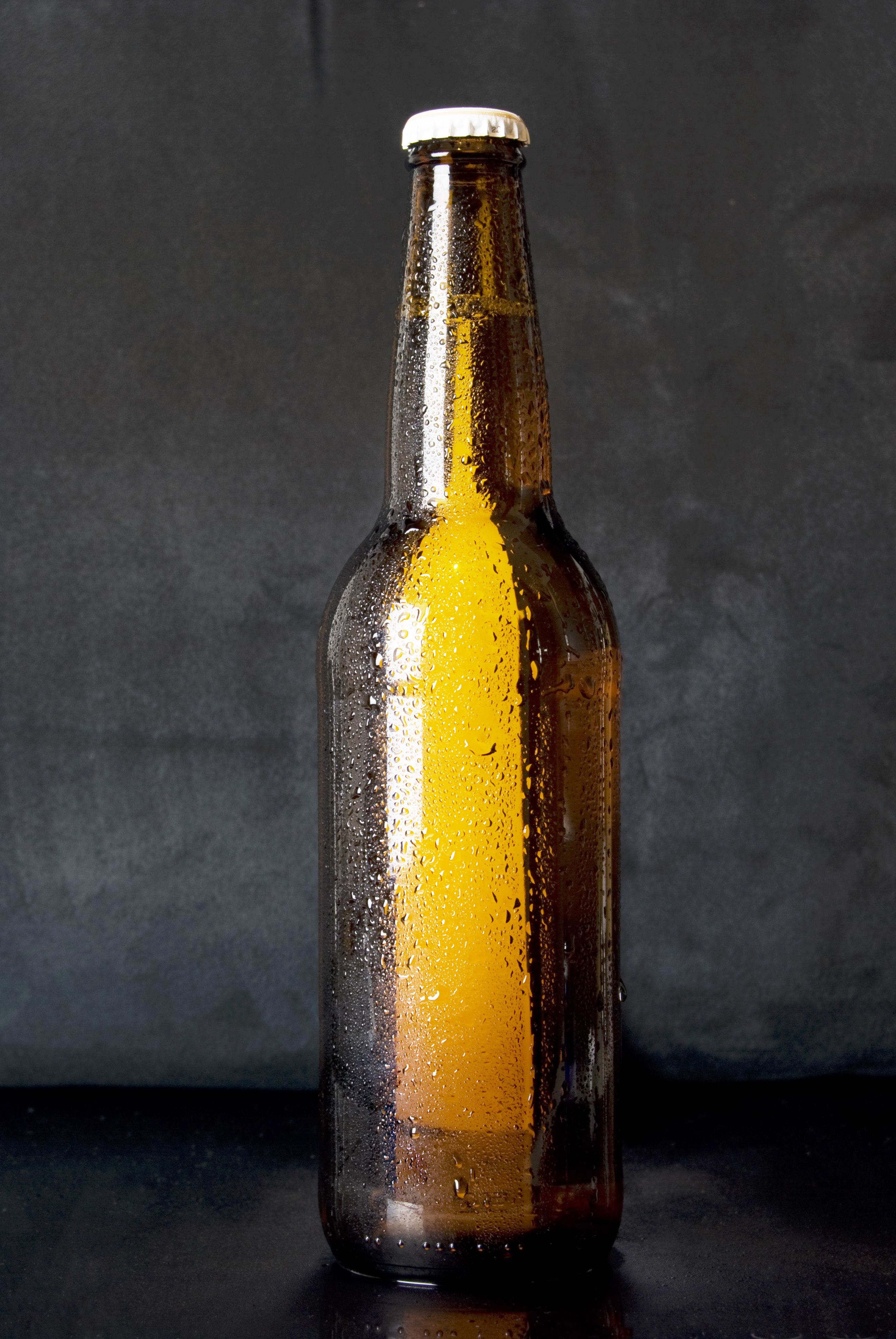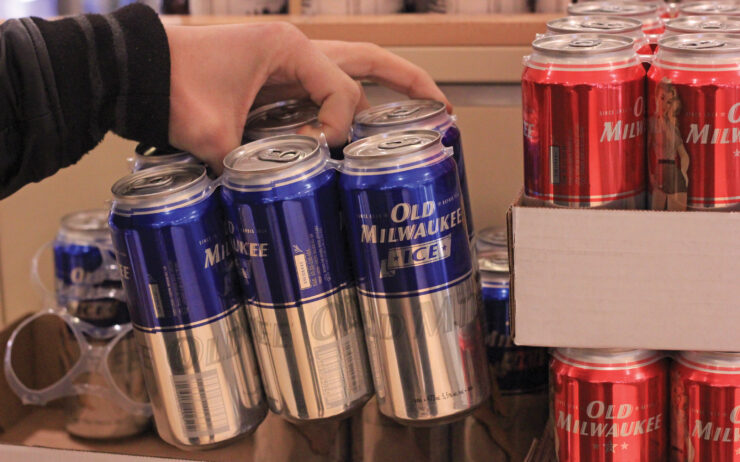Proper labelling will lead to informed and healthy consumers
Canada’s laws surrounding nutritional labelling can feel a bit random. Next time you’re trolling around the Canada Food Inspection Agency’s website (which I assume is all the time, unless I’m the weird one here), take a gander at the list of foods and drinks that are exempt from displaying nutritional information. Such products include loose fruits and vegetables, single ingredient meat products, and alcohol. One of these things is not like the others.
Alcoholic beverages in Canada with an alcohol by volume (ABV) greater than 0.5 per cent don’t have to display their nutritional information unless they make a health claim or have added sweeteners. This is an odd distinction, and something that requires better regulation by our provincial and federal governments. While provincial governments are responsible for alcohol sales and regulations, the federal government is granting the exemption in this case.
The government should require alcohol producers to display nutritional information on all beverages. Alcohol consumption is common, people have a right to know how what they’re putting in their bodies and how it will impact them, and there is such a broad range of types of alcohol that generic stats and information are not enough.
Alcoholic beverages contain sugar and carbohydrates, which we see displayed in the nutrition facts on other foodstuffs. The amounts vary, with most red and white wines containing four grams of carbohydrates, 12 grams of carbohydrates in your average beer, and light beer clocking in at half of that, with six grams of carbohydrates. As of right now, however, the average consumer has no idea about these numbers when they’re in the store. With such a wide variety of all of these products, these specifics cannot be consistent from one bottle to the next.
There is a precedent for mandating nutritional information. Last year, the Ontario government passed the “Healthy Menu Choices Act,” which requires that restaurant chains with more than 20 locations must display the calorie content of their dishes on their menus. It’s only reasonable that we should expect the same from our alcohol producers that we expect from McDonald’s and Wendy’s.
On average, Canadians drink a lot; 80 per cent of the population drank alcohol at some point in 2012. In 2016, Canadians drank 10 litres of alcohol per capita, and 22.71 million hectolitres of beer were sold in 2015 (beer is commonly cited as the alcoholic beverage with the most calories and carbohydrates). There is no nutritional labelling on any of that alcohol produced or consumed, unless it makes a health claim. No other food or drink is allowed to be produced and consumed in such vast amounts while providing so little nutritional information to the consumer. If Canadians one day began eating 22 million tons of candle wax on a regular basis, we’d be having a nation-wide conversation about the nutritional information of candle wax, but for some reason, we’ve decided that alcohol gets a pass.
There is such a wide variety of alcohol that we cannot expect generic numbers to be accurate. Yes, we all know that light beers will have fewer calories and can expect them to be better for you overall than regular beers, but that doesn’t even begin to scratch the surface of beers. Does this India Pale Ale I’m about to drink have more calories than this lager? Where does my favourite imperial stout fit into the equation?
The point is that these are basic questions about just one variety of alcohol, while the LCBO offers 24,850 products. The generic fact that a glass of white wine has 121 calories is not applicable to all white wines, and there are actually differing accounts of how many calories are in a regular beer; some sources say 153, others, 148.
Ontario has already begun requiring more nutritional information on food be available to consumers and there’s no good reason to not do so with alcohol. Alcohol of all types is commonly consumed in Canada, and with such a variety of beverages being produced, we need specific labelling regulations so consumers don’t need to rely on generic numbers. Adding nutritional information to alcohol is a little change that can help make all of us more informed consumers.





